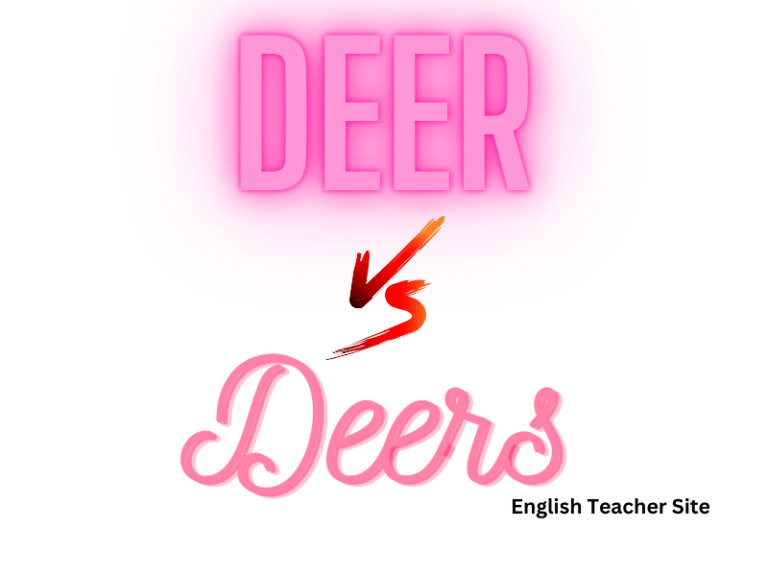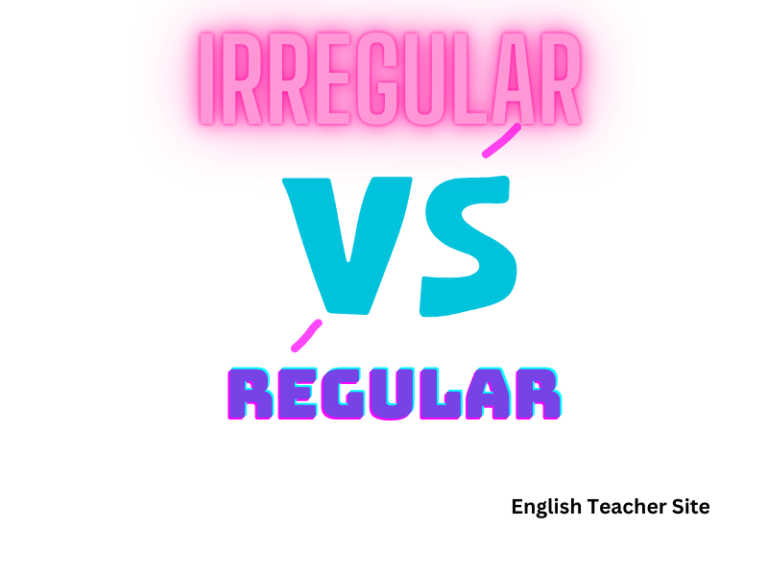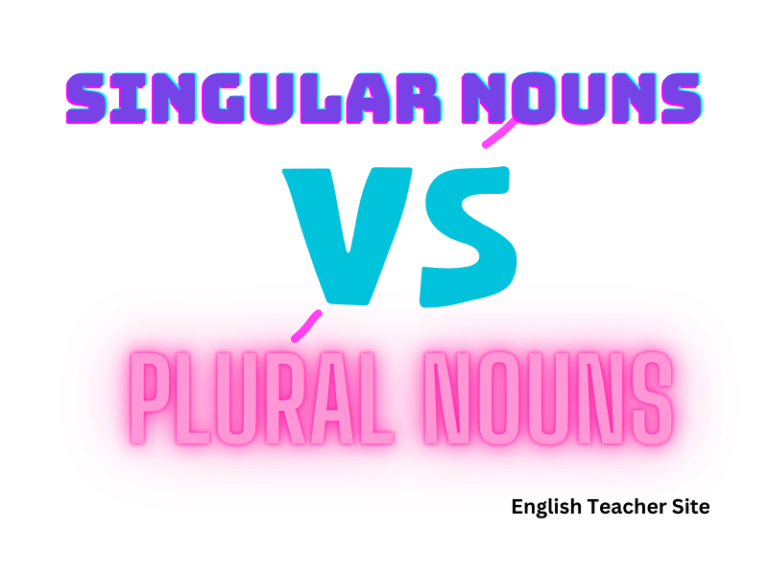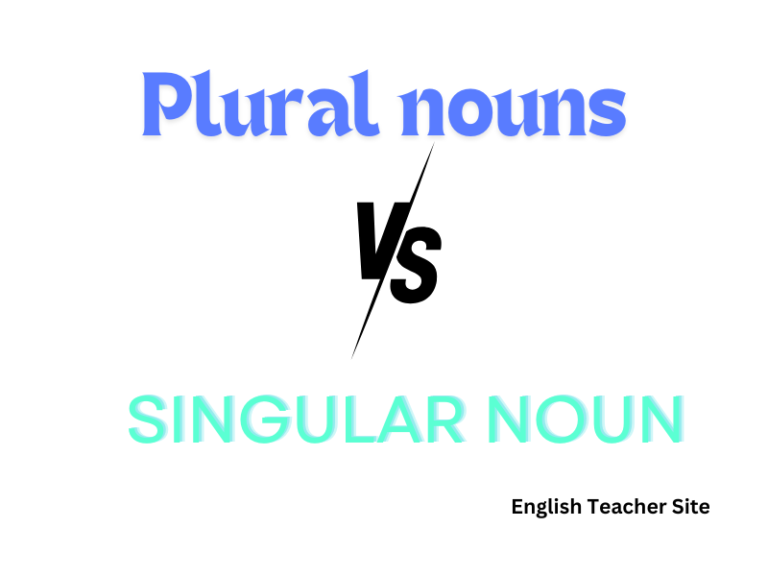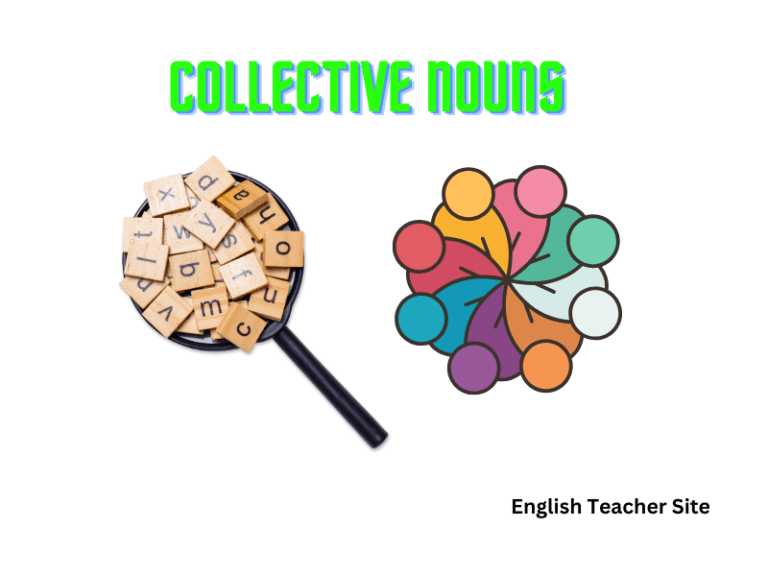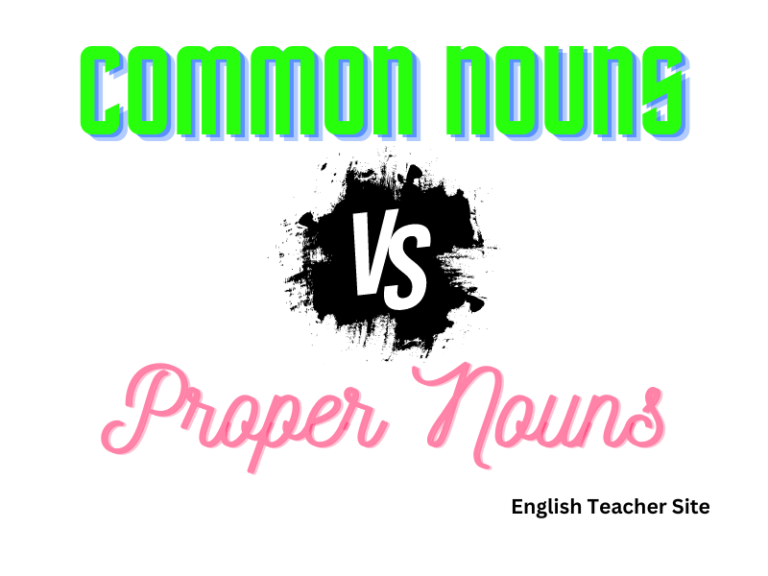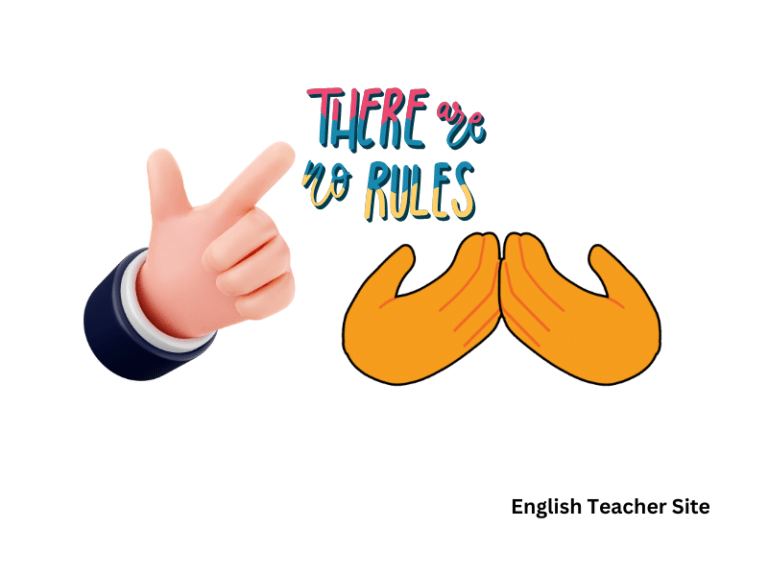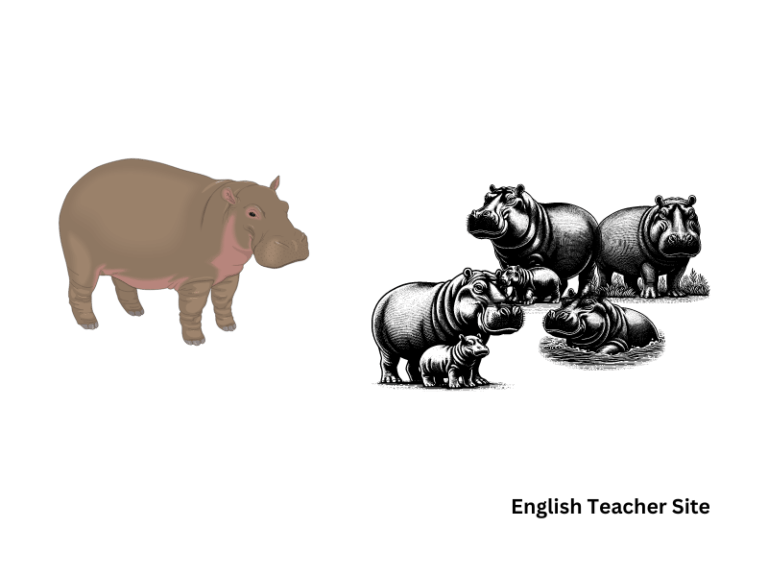What is the plural of deer: Understanding Singular and Plural Nouns in English
The simplicity of the plural form of ‘deer’ might cause confusion, as one may expect to add an ‘s’ or ‘es’ to create the plural, as is common with many other English nouns. However, similar to other wild animals like ‘sheep’ or ‘fish’, the word ‘deer’ does not vary between its singular and plural usage….

